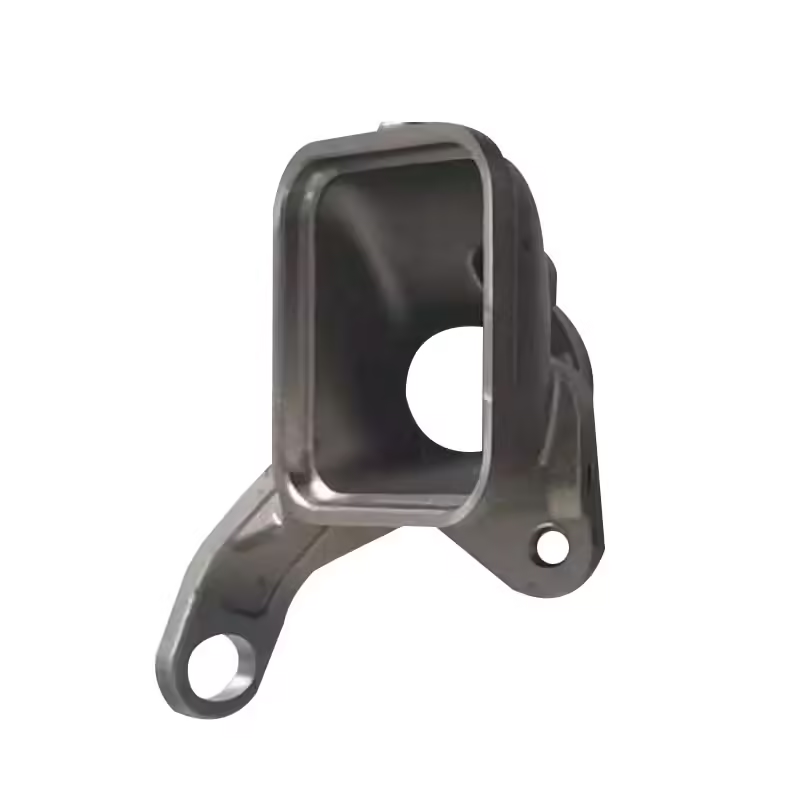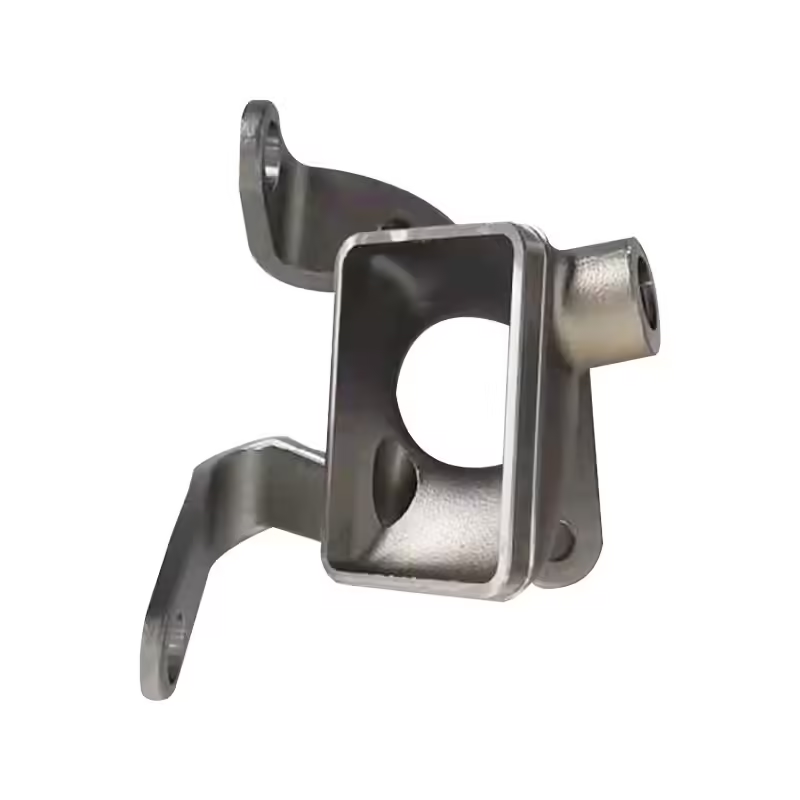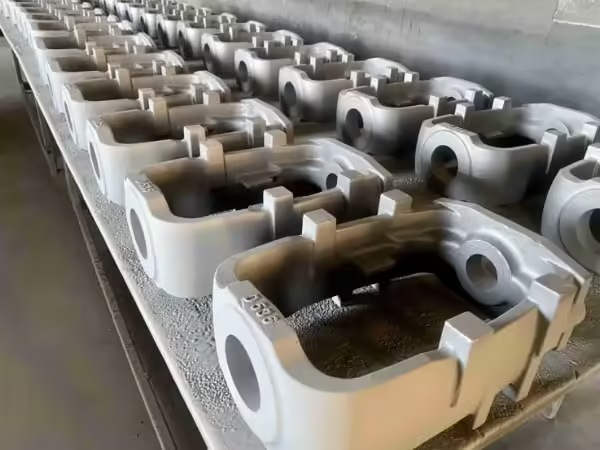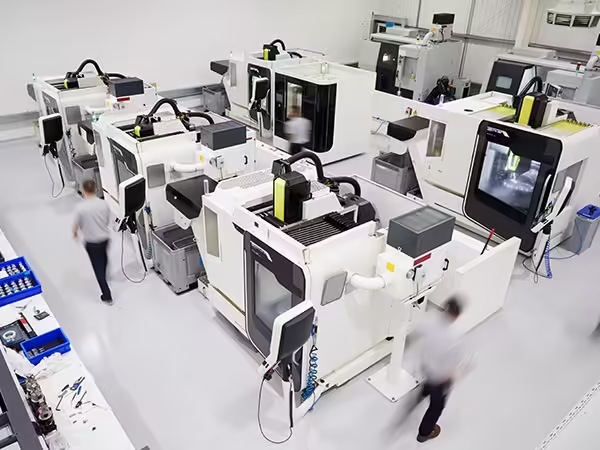9 Proven Ways to Extend Small Mechanical Parts Lifespan
Selamat Datang ke Blog Saya!
I’m thrilled to have you here! Before we dive into the content, I’d love for you to join me on my social media platforms. It’s where I share extra insights, connect with our amazing community, and keep you updated on the latest news. Here’s how you can stay connected:
📘 Facebook: Shanghai Leierwo Industry Trade Co., Ltd.
Now, let’s embark on this journey together! I hope you find the content here not only insightful but also inspiring and valuable. Let’s get started!
Jadual Kandungan
pengenalan


Small mechanical parts are the unsung heroes of countless machines and devices. From industrial equipment to everyday gadgets, these components play a critical role in ensuring smooth operation. However, their small size often makes them vulnerable to wear and tear. If you want to maximize the lifespan of small mechanical parts and avoid costly replacements, this blog is for you. We’ll explore nine proven strategies to keep these components in top condition for longer.
Why Small Mechanical Parts Matter
Before diving into the tips, it’s important to understand why small mechanical parts are so crucial. These components often serve as the backbone of larger systems, enabling movement, reducing friction, or transferring energy. Even a single faulty part can disrupt an entire machine, leading to downtime, repairs, or even safety hazards. By taking proactive steps to maintain small mechanical parts, you can save time, money, and effort in the long run.
Regular Cleaning and Inspection
One of the simplest yet most effective ways to extend the lifespan of small mechanical parts is through regular cleaning and inspection. Dust, debris, and contaminants can accumulate over time, causing friction and corrosion. By cleaning these parts periodically, you can prevent unnecessary wear.
Cleaning small mechanical parts doesn’t have to be complicated. A soft brush, compressed air, or a gentle cleaning solution can effectively remove dirt and grime. For parts that operate in harsh environments, such as those exposed to oil or chemicals, specialized cleaning agents may be required.
Inspection is equally important. During inspections, look for signs of wear, such as cracks, rust, or deformation. Pay attention to areas where parts come into contact with each other, as these are more prone to damage. Early detection of issues allows for timely repairs, preventing minor problems from escalating into major failures.
Proper Lubrication Techniques
Lubrication is essential for reducing friction and heat in small mechanical parts. However, using the wrong type or amount of lubricant can do more harm than good. Always choose a lubricant that’s compatible with the material and operating conditions of the part.
For example, metal parts typically benefit from oil-based lubricants, while plastic parts may require silicone-based options. High-temperature environments may necessitate the use of synthetic lubricants that can withstand extreme heat.
Over-lubrication can attract dirt and debris, creating a grinding paste that accelerates wear. On the other hand, under-lubrication can lead to increased friction, heat, and eventual part failure. Follow manufacturer guidelines to determine the correct amount and frequency of lubrication.
Regularly check the condition of the lubricant. If it appears dirty or has thickened, it’s time to clean the part and reapply fresh lubricant. Proper lubrication not only extends the lifespan of small mechanical parts but also improves their performance and efficiency.
Avoid Overloading and Misuse
Small mechanical parts are often designed to handle specific loads and functions. Overloading or misusing these components can lead to premature failure. For example, using a small gear in a high-torque application can cause it to break or wear out quickly.
To avoid overloading, always ensure that the parts are used within their intended parameters. Refer to the manufacturer’s specifications for load limits, speed ratings, and other operational guidelines. If a part is consistently failing under normal use, it may be a sign that it’s not the right fit for the application.
Misuse is another common issue. For instance, forcing a part into place or using incorrect tools during installation can cause damage. Educate operators and users on the correct handling and installation techniques to prevent unnecessary stress on the components.
Store Parts in Controlled Environments

Environmental factors like humidity, temperature, and exposure to chemicals can significantly impact the lifespan of small mechanical parts. When storing these components, choose a controlled environment that minimizes exposure to harmful conditions.
For metal parts, moisture is a major concern. Rust can form quickly in humid environments, leading to corrosion and part failure. Store metal components in dry areas, and consider using desiccants or anti-corrosion coatings for added protection.
Plastic parts, on the other hand, can become brittle when exposed to extreme temperatures. Avoid storing them in areas that are subject to heat or cold, such as near radiators or in unheated warehouses. Additionally, keep plastic parts away from direct sunlight, as UV rays can cause degradation.
For parts that are sensitive to chemicals, ensure they are stored away from solvents, acids, or other reactive substances. Proper storage not only extends the lifespan of small mechanical parts but also ensures they are ready for use when needed.
Use High-Quality Materials
The quality of small mechanical parts plays a significant role in their durability. Opt for parts made from high-quality materials that are resistant to wear, corrosion, and fatigue. While these components may cost more upfront, their longer lifespan and reduced maintenance needs make them a cost-effective choice in the long run.
Implement Preventive Maintenance Programs
Preventive maintenance is a proactive approach to extending the lifespan of small mechanical parts. By scheduling regular maintenance checks, you can identify and address potential issues before they cause significant damage.
Create a maintenance schedule that includes tasks like cleaning, lubrication, and inspection. Use checklists to ensure that all critical components are examined and maintained.
In addition to routine maintenance, consider implementing condition-based monitoring. This approach uses sensors and data analysis to track the performance of small mechanical parts in real-time. By monitoring parameters like vibration, temperature, and noise, you can detect early signs of wear or failure.
Preventive maintenance not only extends the life of the parts but also improves the overall efficiency of the machine or device. It reduces the risk of unexpected breakdowns, saving time and money on repairs and replacements.
Train Operators and Users
Human error is a common cause of premature failure in small mechanical parts. Training operators and users on proper handling, installation, and maintenance techniques can significantly reduce the risk of damage. For example, teaching someone how to correctly align a small bearing can prevent misalignment-related wear.
Upgrade to Advanced Technologies
Advancements in technology have led to the development of more durable and efficient small mechanical parts. Consider upgrading to components that incorporate features like self-lubrication, enhanced corrosion resistance, or improved load-bearing capacity. These upgrades can provide a significant boost to the lifespan of the parts.
Monitor Performance and Analyze Data

Modern machines often come equipped with sensors and monitoring systems that track the performance of small mechanical parts. By analyzing this data, you can identify patterns or anomalies that indicate potential issues.
For example, an increase in vibration or temperature may signal that a part is nearing failure. Early detection allows for timely interventions, reducing the risk of unexpected breakdowns.
Use data analysis tools to generate reports and insights on the condition of small mechanical parts. This information can help you make informed decisions about maintenance, repairs, or replacements.
Monitoring performance and analyzing data not only extends the lifespan of small mechanical parts but also enhances the overall reliability and efficiency of your equipment.
Table: Common Small Mechanical Parts and Their Maintenance Needs
| Part Type | Common Issues | Recommended Maintenance |
|---|---|---|
| Bearings | Friction, misalignment | Regular lubrication, alignment checks |
| Gears | Wear, chipping | Inspect for damage, proper loading |
| Springs | Fatigue, deformation | Avoid overloading, periodic testing |
| Fasteners | Loosening, corrosion | Tighten as needed, use anti-corrosion coatings |
| Seals | Leaks, wear | Replace worn seals, ensure proper installation |
Kesimpulan
Extending the lifespan of small mechanical parts is not just about saving money—it’s about ensuring the reliability and efficiency of your machines and devices. By following these nine proven strategies, you can keep these components in optimal condition for longer. Remember, a little effort in maintenance and care can go a long way in preventing costly repairs and downtime.
Soalan Lazim
How often should I clean small mechanical parts?
The frequency of cleaning depends on the operating environment. In dusty or harsh conditions, cleaning should be done more frequently, ideally every few weeks. In cleaner environments, quarterly cleaning may suffice.
What lubricant is best for small mechanical parts?
The best lubricant depends on the material and application. For example, silicone-based lubricants are ideal for plastic parts, while oil-based lubricants work well for metal components. Always refer to the manufacturer’s recommendations.
Can I repair damaged small mechanical parts?
In some cases, minor damage can be repaired. However, severely worn or broken parts should be replaced to ensure the safety and efficiency of the machine.
How do I know if a small mechanical part is failing?
Signs of failure include unusual noises, reduced performance, visible wear, or increased friction. Regular inspections and monitoring can help detect these issues early.
Are there eco-friendly options for maintaining small mechanical parts?
Yes, there are eco-friendly lubricants and cleaning agents available. Additionally, upgrading to durable parts reduces waste and the need for frequent replacements.
Kategori Produk
- Bahagian Injap
- Bahagian Pam Air
- Bahagian Kotak Galas
- Bahagian Die Casting
- Produk Pam Keluli Tahan Karat
- Produk Pam Besi Tuang
- Bahagian Injap Untuk Kegunaan Kereta
- Bahagian Kenderaan
- Bahagian Injap Untuk Kegunaan Awam
- Bahagian Pam Vakum KF

